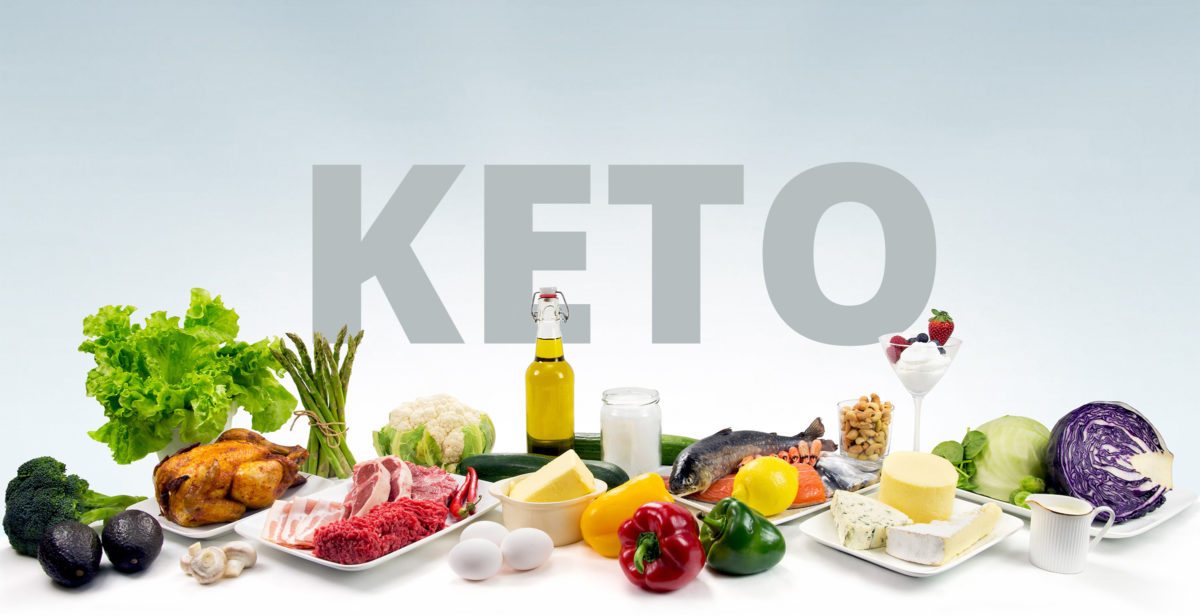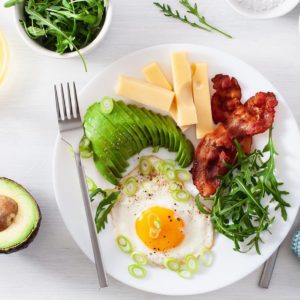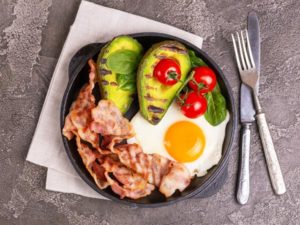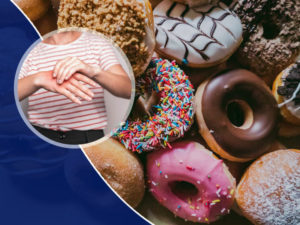Everyone knows that in order to lose weight you need to burn more calories than you take in, but knowing this doesn’t necessarily equate to losing weight. In fact, at least 60% of dieters who successfully lose weight not only gain all the weight back, but often do so with extra weight added.
However, there is hope! More and more people are catching on to a weight loss concept known as ketosis. People who eat a ketogenic diet are generally more successful as eating high fat, low carb food helps to suppress appetite far more than other types of eating.
Weight Loss and the Ketogenic Diet
Here’s how a ketogenic diet works:
- A diet centred on bringing the body to a state of ketosis
- Ketosis is a metabolic process in which the body burns fat for energy as opposed to its primary fuel, carbohydrates
- If you drastically limit your carbohydrate intake, your body switches to a state of ketosis in order to create energy
- Once in ketosis, the liver uses the body’s fatty acids to make molecules known as ketones to burn for fuel
Benefits of Ketosis for Weight Loss
- Increased fat burn: your body goes into a fasting state and uses your fat stores directly for energy
- Blood sugar regulation: eating a ketogenic diet rich in healthy fats, proteins, and an abundance of vegetables leads to more stabilised blood sugar. Tradition diet foods are usually high in refined sugars and other carbohydrates leading to a spike in blood sugar which leaves you feeling hungry soon after.
- Appetite suppression: ketogenic diets are helpful in reducing appetite by altering the concentrations of hormones and nutrients which affect hunger, meaning you won’t have to break for food while playing online roulette Canada!
- Hormone regulation: ketosis can help sustain weight loss by regulating hormones that affect weight.
How to Achieve Ketosis
The goal on a ketogenic diet is to limit your carbohydrate intake to between 20-50 grams per day, including those from processed and whole food sources.
Your ketogenic diet can be broken down into the following macronutrient percentages:
- High fat intake makes up 70-80% of total calories
- Moderate protein intake makes up 20-25% of total calories
- Low carb intake makes up 5-10% total calories
Food to Avoid on a Ketogenic Diet
In order to reach ketosis, you want to avoid or severely limit high high-carb sources of food such as:
- Refined grains
- Whole grains including wheat, oats, rice, corn, rye, and barley
- Refined sugars of all kinds
- Flour-based baked good
- Soft drinks and juices high in sugar
- Fruits such as apples, bananas, citrus
- Beans and legumes including chickpeas, kidney beans, black beans, lentils, and peas
- Starchy vegetables such as potatoes, sweet potatoes, carrots, and parsnips
- Bread and pasta
- Low-fat diet products (these food products are generally high in carbs, nutritionally empty, and have no benefit to your body or weight reduction)
Food to Eat on a Ketogenic Diet
- Meat: beef, chicken and other poultry, pork, lamb, turkey, veal, and fish such as salmon, sardines, tuna, and trout
- Eggs, preferably free-range
- Dairy products such as cheeses, sour cream, yoghurt, butter, and heavy creams

- Low-carb vegetables such as spinach, kale, broccoli, Brussel sprouts, asparagus, peppers, and onions
- Fats and oils such as nuts and seeds, high quality oils such as olive oil, sesame oil, high oleic sunflower and safflower oils, ghee, grass-fed butter, and coconut oil
- Lower-sugar fruits such as blueberries, strawberries, raspberries, and avocado
- Herbs and spices that are sugar and carbohydrate free
Enjoy and good luck!



